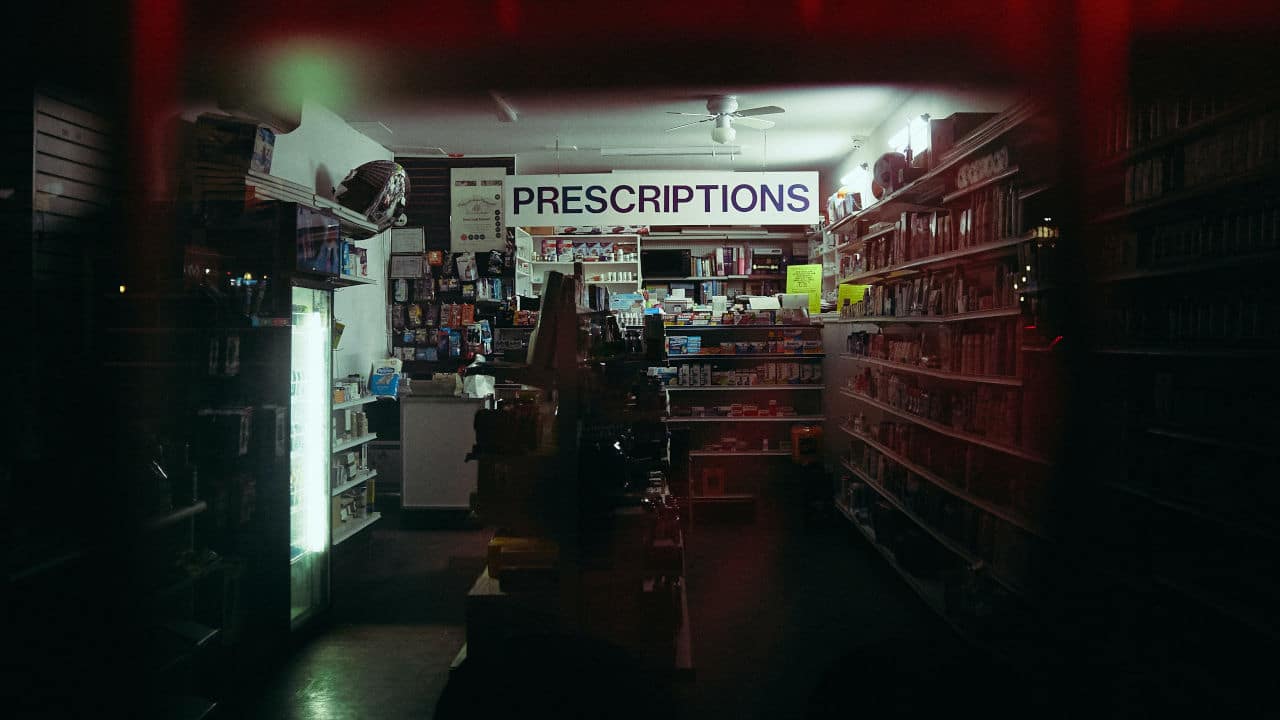A claim for medical malpractice can emerge in a range of circumstances. Any stage of a patient’s treatment could be jeopardized by medical practitioners’ negligence or inaction, resulting in effects on the patient such as disability, hospitalization, development of a life-threatening situation, congenital disability, or even death. One of such stages is during the prescription of medications.
Physicians and pharmacists each have various roles and duties in securely prescribing and delivering pharmaceuticals. Even though technology and mechanisms are in place to prevent harm, mistakes and oversights continue unabated as consumers, healthcare providers, pharmacists, and anyone participating in the medication-use system all have the potential to make medication errors.
The Food and Drug Administration defines a medication error as a preventable event that may cause or lead to inappropriate medication use or patient harm. The Food and Drug Administration receives over 100,000 reports of medication errors annually.
Errors can occur when a prescription is erroneous, prepared, or administered incorrectly, drug information is entered into a computer system inaccurately, or a patient takes medication poorly.
Let’s look at some facts about pharmaceutical mistakes to see how common they are and how they affect people.
What Are The Common Types Of Prescription Errors?
- Prescription of wrong drugs
A doctor may administer the wrong medication to a patient; this is one of the most common prescription drug errors.
This can happen if the doctor neglects to check the patient’s medical history for allergies and possible drug interactions, including over-the-counter prescriptions. In the event of a drug error, the patient may experience a significant interaction or an allergic reaction, both of which can be fatal.
- Prescription of the wrong dosage of drugs
Another prevalent prescription error is when a doctor administers the incorrect medicine dose. While the drug may be the correct one, the patient may receive excessive or lesser amounts due to this type of error.
This type of error can lead to overdosing or the patient not obtaining the treatment required for the underlying medical condition.
This type of error is seen in the case of McKee v. American Home Products Corp.

- Errors in medication administration
In some circumstances, a treating physician in a healthcare setting may prescribe a patient the correct medicine and dosage. Other medical personnel, such as nurses or medication aids, deliver it incorrectly.
For instance, the treatment staff could give the wrong dose or provide the drug to the wrong patient.
- The pharmacist could misread the prescription.
Because of the illegibility of the doctor’s handwriting, a pharmacist may misunderstand a handwritten prescription. As a result, the pharmacist may administer the medication with the incorrect dose or drug.
- The patient receives the incorrect medication from the pharmacist.
In some situations, a pharmacist will fail to scrutinize the label of a filled drug and provide the patient with the wrong medication. This can lead to a patient taking someone else’s medication, which can be catastrophic.
A similar error occurs when a pharmacist fills a prescription in the incorrect dose, leading to an overdose.
These typical prescription errors can be considered medical malpractice when they result in injuries and measurable losses.
How to Use Animation Is a Medical Malpractice Case Involving Prescription Error
In a prescription error case, it is critical to identify the person responsible correctly. This is why a thorough investigation must be carried out before the case is taken to court. The hospital, the in-charge doctor, the pharmacist, and the on-duty nurses can all be held accountable for prescription errors.
When this is recognized, it is critical to get a medical professional who can act as an authority in the case. This medical personnel will also aid in determining the error, identifying the responsible party, and testifying in court.
Expert testimony can be made less complex through the use of demonstrative evidence.
If the deposition is particularly complex, medical animation may be needed to portray the issues to the jury properly. In deciding this, it is vital to bring an excellent medical animation company on board to assist as needed.





